
White German Shepherds Deuce and Frosty Cakes
If you’ve ever wondered what makes top athletes, artists, or business leaders so different, it often comes down to how they *think* – their beliefs about themselves, their work, and the world. These beliefs shape their actions and keep them pushing beyond what most people settle for.

White German Shepherd Arctic
1. They Face Reality Head-On (No Sugarcoating)
World-class performers don’t kid themselves. They’re brutally honest about where they stand and what they need to improve. Instead of telling themselves “I’m working hard enough,” they ask, “Am I really doing everything it takes?” This kind of honesty creates a healthy tension that pushes them to keep leveling up.
They don’t just dream big-they make sure their daily habits actually match those dreams. If their actions don’t line up with their goals, they change the actions, not just the goals.
2. They See Growth as the Key to Happiness
For these high achievers, comfort isn’t the goal. They know that staying in their comfort zone means stagnation. Instead, they find joy in learning, improving, and becoming better every day. It’s like they’re always in “school mode,” hungry to get smarter and stronger.
Challenges? They don’t avoid them-they seek them out. Because they know that’s where real growth happens.

3. They Reprogram Their Own Beliefs
Here’s a cool secret: world-class performers don’t just accept the beliefs they grew up with. They actively change their mindset when needed. If they catch themselves thinking, “I’m not good enough,” they work hard to flip that script.
They use positive self-talk and mental “brainwashing” techniques to build beliefs that support their success. It’s like they’re their own personal mindset coaches.
4. They Don’t Fear Failure – They Learn From It
One of the biggest differences? They don’t see failure as a dead end. Instead, they believe they *can’t* fail – only learn and grow. When something goes wrong, they don’t waste time getting upset. They accept it quickly and ask, “What can I do next?”
This mindset frees them from fear and lets them take smart risks that others might avoid.

5. They Stay Present, Take Responsibility, and Stay Humble
World-class performers are masters of being “in the moment.” They don’t get stuck in past mistakes or worry about future what-ifs. They focus on what they can control *right now*.
They also take full responsibility for their results – no blaming others or making excuses. And despite their success, they stay humble, always open to learning more.
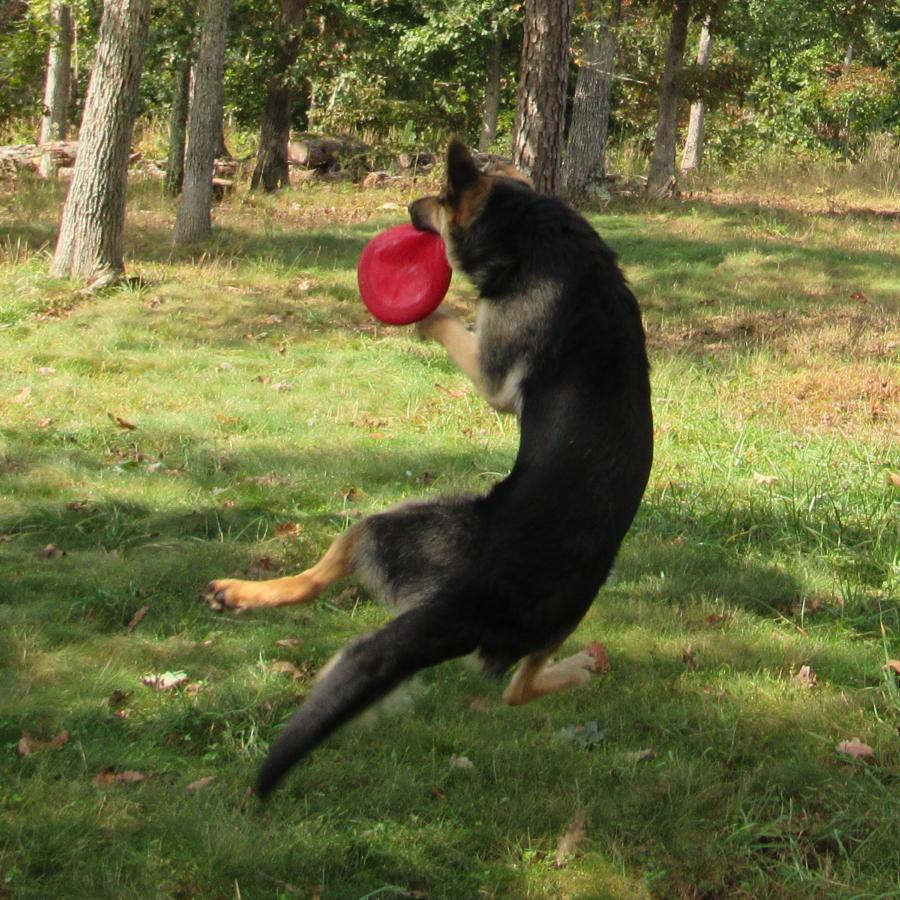
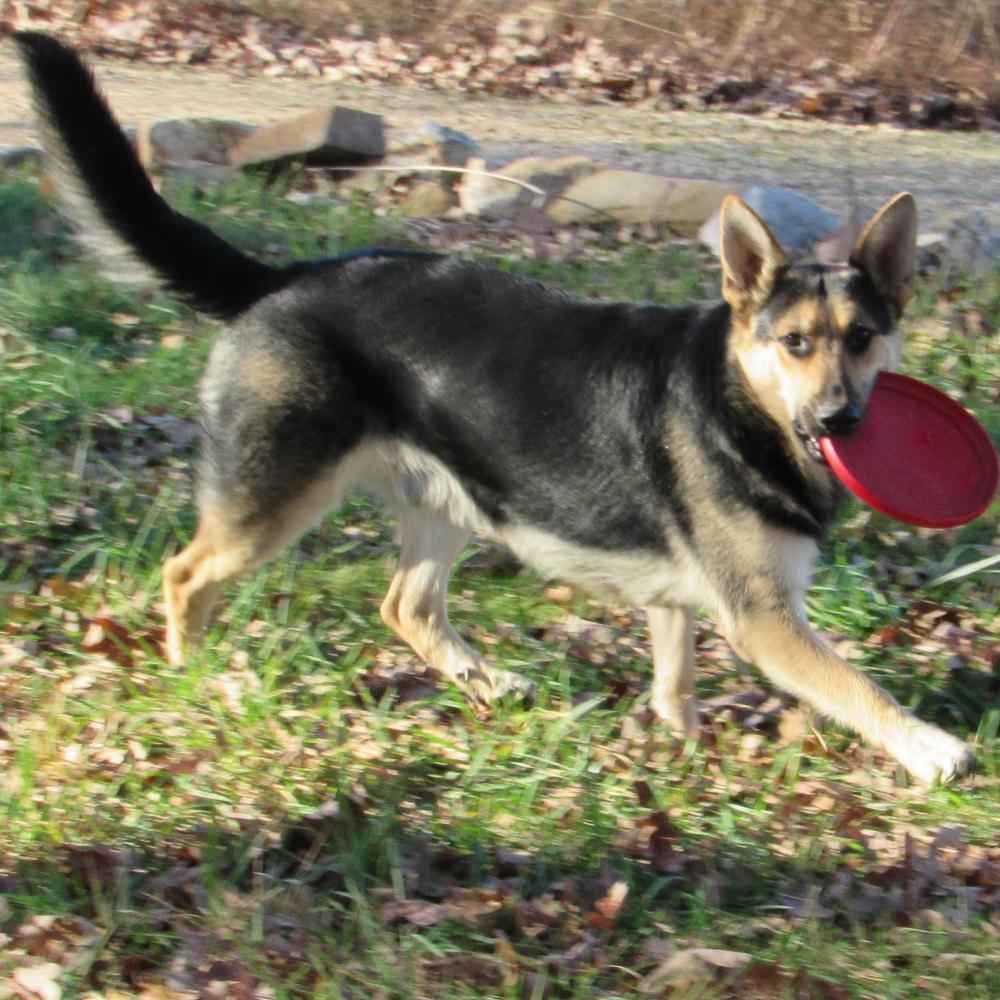
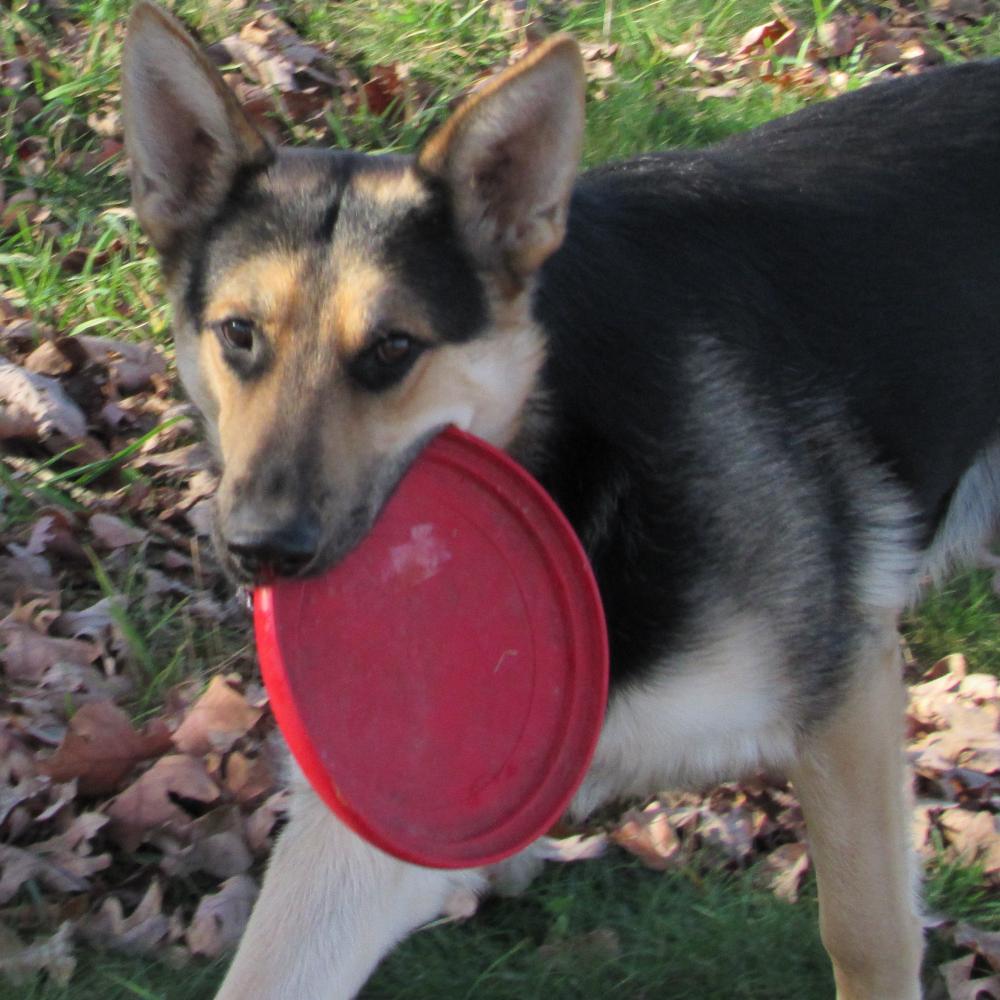
German Shepherd Merlin
6. They Treat Their Body Like a Performance Machine
They know that mental toughness alone isn’t enough. Sleep, nutrition, and exercise are part of their secret sauce. Taking care of their body helps them stay consistent and perform at their best over the long haul.
—
Bottom Line
World-class performers aren’t just born with talent – they build a mindset that supports greatness. They’re honest with themselves, hungry to grow, fearless about failure, and intentional about their beliefs and habits.
The best part? You can start adopting these beliefs today. It’s not about being perfect; it’s about being willing to think differently, learn constantly, and push yourself a little further every day.
Want to be world-class? Start by believing you can be.

This plaque of a dog in Prague has been rubbed to a shiny gold over the years because many passersby have touched him for good luck-and to quietly let him know he’s a very good boy. It’s a small tradition that has made this loyal little dog one of the most well-loved spots on Charles Bridge.

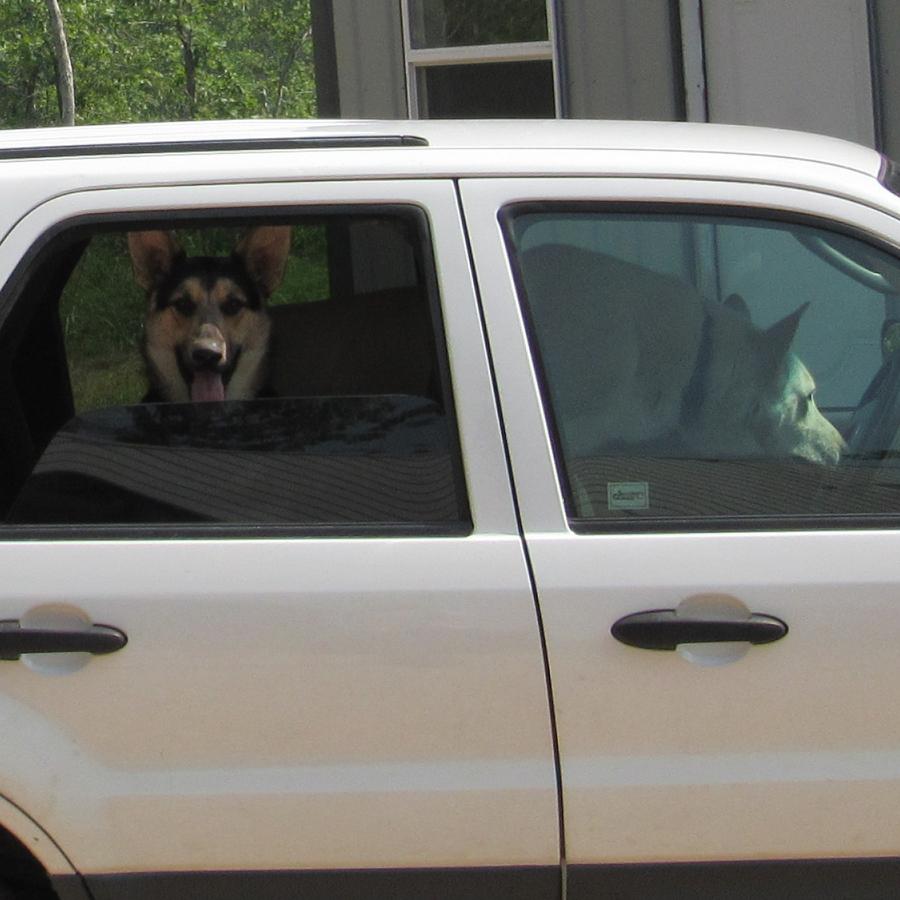


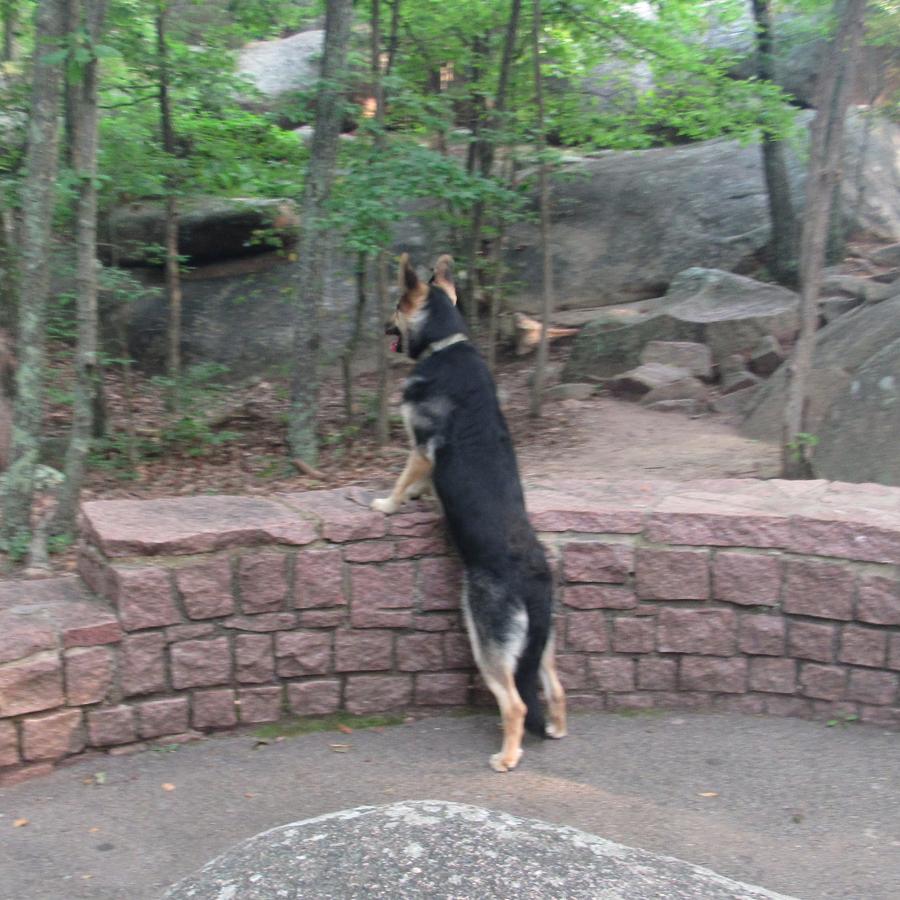



@zoidlloyd7736 1 day ago
Oh that was that dog i seen against all odds seems the character opposite jeff bridges had one I thought was a husky hey they come white too but hows he no diff… oh yes the eyes some are blue others are white. Hmm glad for ur breed Dobermans does white too thing brings new meaning too the bloodhounds still needs too wonder are y’all spitz
Clarifying the Youtube Comment
The comment references several ideas about white-coated dogs, eye color, and breed types, specifically mentioning a dog seen in the movie Against All Odds, confusion between Huskies and White German Shepherds, and speculation about breed ancestry (spitz, Dobermans, bloodhounds).
Let’s break down and address the key points raised:
White German Shepherds vs. Huskies
White German Shepherds are a color variation of the standard German Shepherd, distinguished by their pure white coats due to a recessive gene. Their build, temperament, and intelligence are the same as standard German Shepherd.
Siberian Huskies also come in white, but their physical features differ: Huskies tend to have a more compact build, a shorter muzzle, and a tail that curls over the back. Huskies are also known for their blue eyes, while White German Shepherds typically have brown, almond-shaped eyes
Eye color is not a reliable way to distinguish between these breeds. While Huskies often have blue eyes, White German Shepherds usually have brown eyes, although lighter shades can occur. White eyes (meaning no pigment) are extremely rare and not a breed standard for either breed
Are White German Shepherds Related to Spitz Breeds
White German Shepherds are not spitz-type dogs. Spitz breeds (like Huskies, Samoyeds, and Akitas) are characterized by pointed ears, thick double coats, and tails that curl over the back. While German Shepherds and spitz breeds share some physical traits (erect ears, double coats), German Shepherds are herding dogs originally developed in Germany, not spitz-type working dogs
The confusion may arise because both Huskies (a spitz breed) and White German Shepherds can have white coats and erect ears, but their ancestry and breed groupings are different.
Dobermans and White Coats
Bloodhounds and Breed Ancestry
Key Takeaways
White German Shepherds are not spitz-type dogs, though they share some superficial traits with Huskies.
Eye color alone does not distinguish these breeds; White German Shepherds typically have brown eyes, while Huskies may have blue, brown, or mixed eyes
The white coat in German Shepherds is due to a recessive gene and does not affect temperament or health
Dobermans and bloodhounds are unrelated to White German Shepherds in terms of breed ancestry.
White German Shepherds are a herding breed, not a spitz, and their white coat is simply a rare but natural color variation within the German Shepherd breed.
Ready to unlock your German Shepherd’s full potential? These brilliant pups are born problem-solvers, eager to learn, and thrive when their brains and bodies are kept busy. Here’s how you can make training fun, effective, and a true bonding experience—for both of you!
1. Make Training a Game
German Shepherds love a challenge, so turn training into playtime! Hide treats around the house for a game of “find it,” or teach them to weave through homemade obstacle courses. Agility training—like jumping over hurdles or running through tunnels—keeps their minds sharp and their tails wagging.
2. Use Positive Reinforcement
These dogs respond best to encouragement. When your Shepherd nails a command, reward them right away with treats, toys, or enthusiastic praise. Clicker training is especially effective—just click, treat, and watch them light up with pride. Keep sessions short and upbeat, and always end on a high note.
3. Socialize Early and Often
Expose your pup to different people, sounds, and environments from a young age. Let friendly strangers gently touch their ears and paws to desensitize them—this helps prevent nervousness later on. Playdates with other well-mannered dogs are also fantastic for building confidence and social skills.
4. Keep Communication Clear
German Shepherds are smart, but they appreciate consistency. Use the same words for commands and keep instructions simple. Avoid long sentences—short cues like “sit,” “stay,” or “come” work best.

5. Give Them a Job
These dogs love to feel useful! Teach them new tricks, let them carry a backpack on walks, or assign them simple household tasks. It gives them a sense of purpose and deepens your connection.
6. Manage Barking with Calm Leadership
If your Shepherd gets vocal, try to understand the reason—are they anxious, excited, or bored? Redirect their energy with a fun activity or calm them with gentle massage and soothing routines. Never punish or yell, as this can create mistrust.
7. Build Trust Every Day
Consistency, patience, and empathy are your best tools. Respect their boundaries, provide a steady routine, and show them love through daily care and regular grooming. The more secure and understood your Shepherd feels, the more eager they’ll be to learn and please you.

Pro Tip:
Mix up your rewards—sometimes use treats, other times offer a favorite toy or extra playtime. This keeps training sessions exciting and unpredictable, which German Shepherds love.
With these upbeat, science-backed tips, you and your German Shepherd will be a dynamic duo—learning, growing, and having a blast together every day!